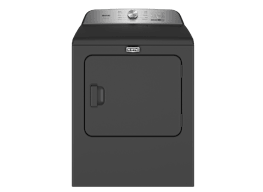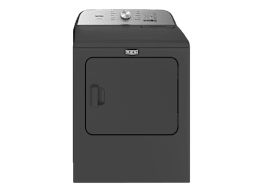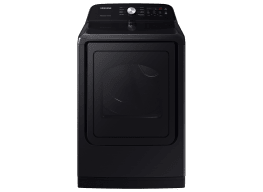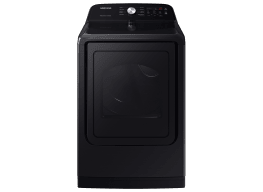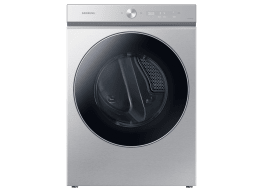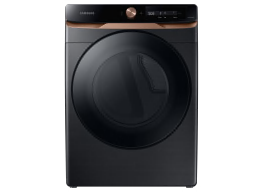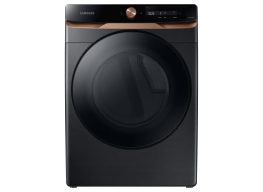How to Prevent Dryer Fires
4 simple tips from Consumer Reports' experts to minimize risks

Every year, firefighters across the country respond to around 13,820 home fires caused by clothes dryers, according to the National Fire Protection Association.
About 27 percent of these fires is caused by an accumulation of lint, which means that not cleaning out your dryer vent can set you up for a dangerous situation that’s far more serious than the drop in performance caused by constricting a dryer’s ductwork.
Some dryers have indicators designed to alert you when lint has built up and blocked the vent. Our clothes dryer tests have found that LG’s FlowSense and Samsung’s Vent Sensor detect completely blocked vents but aren’t as good at detecting partially blocked vents.
1. Clean the Lint Filter
Not once a month, or even once a week: “Clean the lint from the dryer’s lint screen after every load,” says Richard Handel, the test engineer who oversees CR’s laundry appliance lab. “This helps prevent a fire, and it also helps your laundry dry faster.”
2. Replace Accordion-Style Ducts
Generally, dryers are equipped with a 4-inch vent in the back, which homeowners or installers connect to the exterior vent with a duct. But not all ducts will do.
If you see a plastic or foil accordion-style duct connecting your appliance to the vent, it’s a good idea to replace it. These are risky because they can sag, allowing lint to build up at low points and trapping lint in their ridges.
Handel recommends a rigid metal duct. “The smooth walls allow the air to flow, and also reduce the buildup of lint,” he says. “A flexible metal duct should be your second choice.”
One other tip: Use duct connectors and metal clamps or foil tape to join sections of duct rather than sheet-metal screws, which can catch lint and cause buildup inside the duct.
3. Clean the Dryer Duct Annually (at Least)
If you notice that your dryer takes longer to dry laundry than it used to, that’s a clue that there may be a blockage in the dryer vent system. When you’re drying a load, go outside and look at the vent. Do you see or feel exhaust air? If not, the vent or exhaust duct may be blocked with lint.
Start by disconnecting your dryer from the power source. And if you have a gas dryer, also turn off the gas valve near the dryer.
“Carefully slide the dryer away from the wall so that you can access the vent that’s typically in the back of the dryer,” Handel says. “If you have a gas dryer, take care not to overstretch or damage the gas line.”
Disconnect the duct from the dryer, and vacuum both the dryer and the duct—as much as you can access. Where possible, separate the duct into shorter sections for better access, then reassemble and attach the duct to the dryer. Be sure all joints in the duct are properly connected and held together with clamps or foil tape. Then return the dryer to its original spot and reconnect the power.
While you’re at it, clean behind the dryer and underneath it—lint builds up there, too. In winter, check after windy weather or snowstorms to be sure that snow isn’t blocking the outdoor vent.
4. Handle Chemical Stains With Care
Clothes stained with gas, cooking oil, cleaning agents, or other flammable chemicals or substances need special care. The Consumer Product Safety Commission recommends washing such stained clothing more than once to minimize volatile chemicals, then hanging to dry.
If you must use a dryer, use the lowest heat setting and a drying cycle that concludes with a cool-down period.
In the event that a fire does start, keep the dryer door closed to limit its oxygen supply—a fire needs oxygen to keep it going.

















